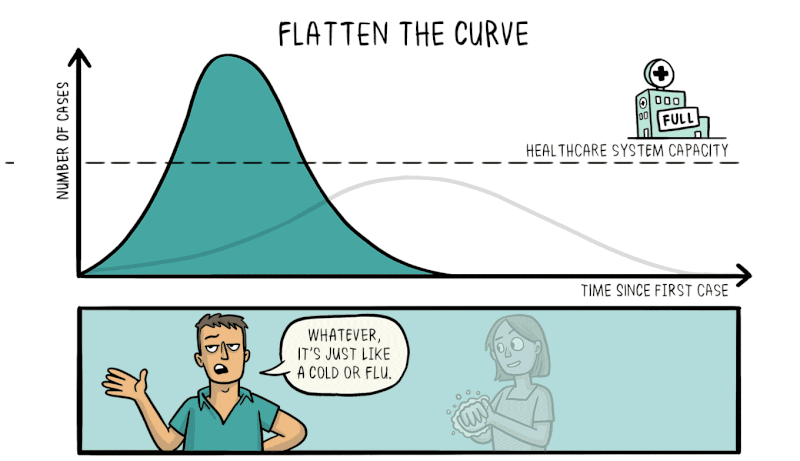Growth is such an important aspect of life. From a young age, we are encouraged to grow in all senses of the word.
We eat well and drink milk to grow tall and strong and healthy. We study to grow and cultivate our minds. We find a job and learn financial skill to grow our savings. We chase our passions and interests to culture ourselves and grow our character. We devote time and energy to upskilling and pushing ourselves to our limits to grow our careers and capabilities. We learn to love, to hurt, to dream and yearn, to lose and to self-soothe to grow our emotional intelligence.
All in all, the world tells us we must grow, grow and grow. Almost to the point of an obsession.
In some ways, it’s true – we must strive to keep growing as a person. Think of the countless people who stop growing after reaching adulthood. Instead of reading, thinking, introspecting and connecting, they choose to live in an echo chamber, spouting off misinformed opinions and closing their minds to any new experiences or viewpoints.
When we don’t challenge ourselves to grow, we cannot achieve flow state and instead become lazy and unmotivated. We run the risk of becoming stagnant or regressing.
In this sense, encouraging our own growth is one of the most useful life skills we can obtain as a young adult. No one other than ourselves will truly care about our growth as a person. This is why goals, systems and insight are important in life.
However, growth also comes with stress.
To grow, we need to put in time, energy and resources, such as money. Sometimes, it is hard enough surviving life, let alone thinking about growing. Sometimes, depression and anxiety gets the better of us and we are in no mental state to strive to thrive. Sometimes, we are barely keeping up with life’s numerous demands, meaning that growth could be the straw that breaks the proverbial camel’s back.
Think of growth in nature. Barely anything grows perpetually. Plants will grow in the summer, then recede for the winter, saving up energy for the next summer. Mountains grow with plate tectonics, then erode with the weather. Even economies will go through cycles of growth and depression, while even the most mighty empires rise and fall. In fact, the only thing in nature that only grows is cancer.
Simply put, uncontrolled, continuous growth is unsustainable.
If a plant was to only grow upwards, it will collapse under its own weight. Businesses that grow beyond their capabilities will stumble and fall as they exhaust resources, or end up relying on shady, unethical practices.
The take-home message is this: it is okay not to always be growing.
Of course, we should strive to never stop growing on the whole, but this should be sustainable growth. It is okay to take a step back for every two steps you take forwards. It is even okay to feel like you are taking one step forward, one step back. Sometimes, it is not a ripe time to grow, like a seed biding its time through the winter.
Be kind to yourself and be patient. Whether you are going through the most amazing growth spout or feel like you are at your lowest point, this too shall pass.










